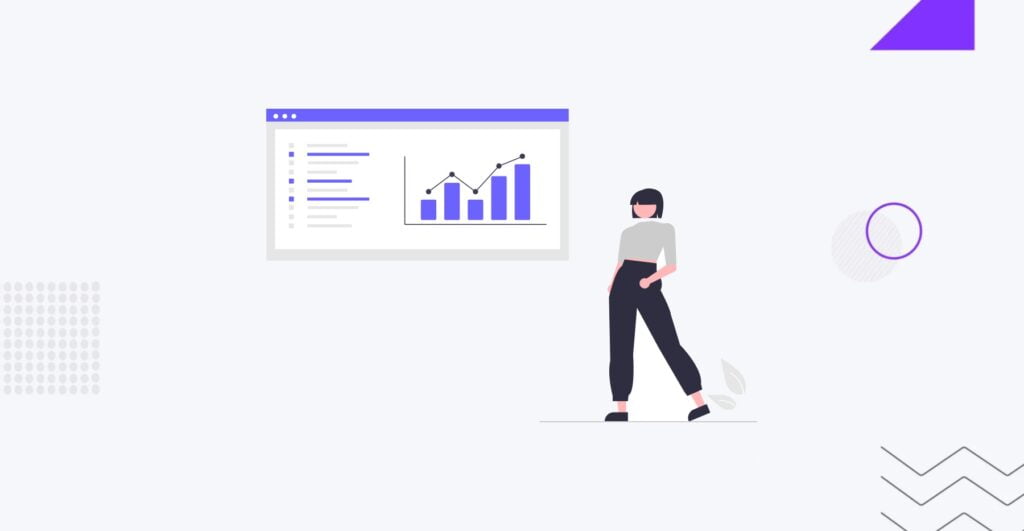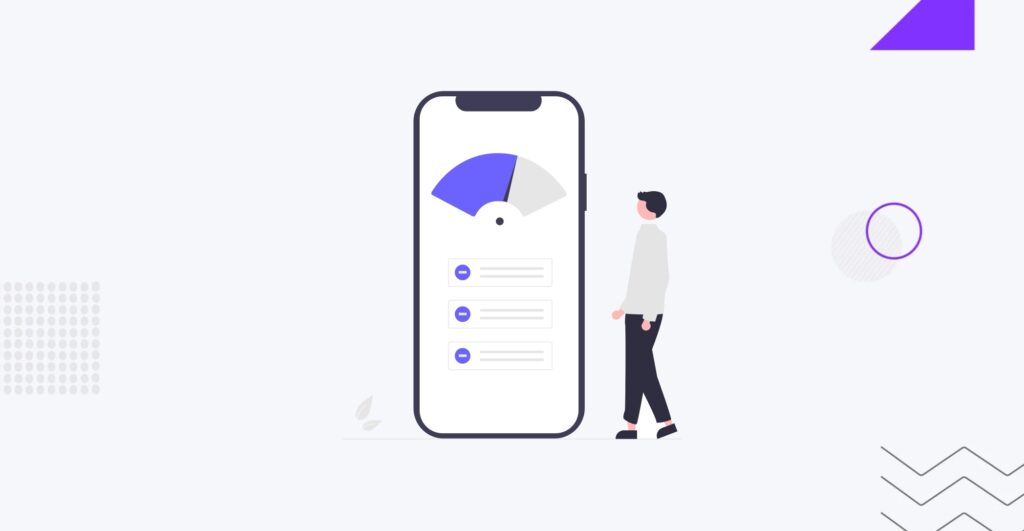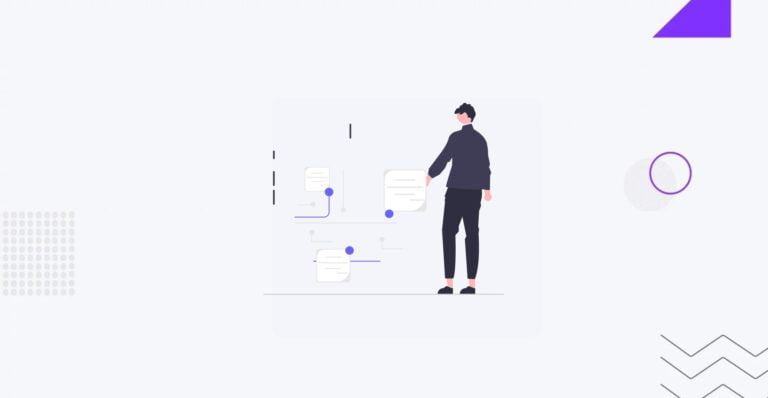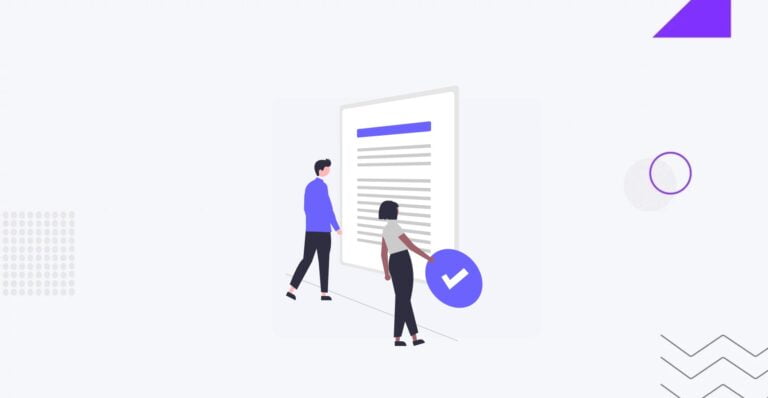How to Increase the Website Speed using Google PageSpeed Insights
Table of Contents
Table of Contents

Website speed plays a crucial role in delivering a seamless user experience. Slow loading times frustrate visitors and negatively impact your search engine rankings. Learn how to increase the website speed and ensure your WordPressWordPressOpen-source content management system (CMS) that allows users to create and manage websites and blogs.
More About WordPress website performs at its best.
PageSpeed Insights is a web performancePerformanceRefers to how fast a website or web application loads and responds to user interactions.
More About Performance tool developed by Google that helps website owners and developers analyze the performance of their web pagesWeb PagesHTML documents accessed via the internet.
More About Web Pages. It provides insights and recommendations to help optimize a website’s loading speed and overall user experience. Check this resource for Loading Time, User Experience, Performance Score, and Opportunities for Improvement.
Check these 10 essential tips that will help you enhance your website’s speed – from optimizing images and caching to minimizing server response time. Whether you’re a beginner or an experienced WordPress user, these tips will pave the way for a faster and more efficient website. You can quickly implement some information, but some require the help of a web development agency.
Why is Website Speed So Important?
A fast-loading website is crucial for retaining visitors and keeping them engaged. Slow loading times can lead to a higher bounce rateBounce RatePercent of users landing on a site & leaving without an action.
More About Bounce Rate, as users are likelier to leave if a page takes too long to load. Website speed affects user satisfaction, as a slow website can frustrate visitors and give a negative impression of your brand or business.
Studies have shown faster loading websites have higher conversion rates, resulting in more sales or leads. Bidnamic claims that a 7-second page speedPage SpeedThe time it takes for a website page to load fully.
More About Page Speed results in a 1.5% conversionConversionA process of turning a website visitor, social media follower, or any other potential customer into an actual paying customer.
More About Conversion rate, while a 3-second page – in 2.55%. Therefore, optimizing your website’s speed is essential for the success and growth of your online presence.
How do fast loading times impact UX?
Fast loading times contribute to a positive user experience, allowing visitors to quickly find the information they need and navigate your website easily. When users can access your content smoothly and without delays, they are likelier to stay on your site and engage with your content.
On the other hand, slow loading times can lead to impatient users who may abandon your site and look for alternatives elsewhere. If your website takes too long to load, potential customers may lose interest and seek out competitors who offer a more seamless browsing experience.
A slow website can also negatively impact user engagement, as visitors are less likely to explore different pages or interact with your content. Users want fast and efficient websites that enable them to effortlessly browse and consume the information they seek. Therefore, optimizing your website’s speed is crucial to ensure that users stay engaged and return.
Finally, fast loading times can contribute to building trust with your audience. Users are more likely to trust and revisit websites that provide a quick and seamless browsing experience. If your website loads quickly, it signals to users that your brand or business values their time and wants to give them the best possible experience.
A slow website can give the impression that your brand could be more reliable and updated. By prioritizing increasing website speed, you can enhance user trust and loyalty, boosting your online presence and success.
Speed vs. Search Engine Rankings
Search engines like Google consider website speed as one of the ranking factors, as they prioritize delivering the best user experience to their users.
A fast-loading website is more likely to be ranked higher in search engine results, increasing its visibility and organic trafficTrafficThe number of visitors or users who visit a particular website.
More About Traffic. Optimizing your website’s speed improves user experience and boosts your SEO efforts. On the other hand, slow loading times can result in a lower search engine ranking, making it harder for potential visitors to discover your website.
Therefore, improving your website’s speed can positively impact your SEOSEOSearch Engine Optimization involves optimizing various website elements to make it more attractive to search engines like Google, Bing, and Yahoo.
More About SEO efforts and help you outrank competitors in search engine results. Remember that search engine optimization is complex and competitive, so every advantage counts. Optimizing your website’s speed is a smart move to gain an edge over your competition and improve your online visibility.
Website Speed Optimization Tips

A fast-loading website is more likely to be ranked higher in search engine results, increasing its visibility and organic traffic. To increase the website speed, optimize user experience, and boost your SEO efforts, let’s dive into 10 tips and points on what to focus on while working on your Google Page Speed.
Optimize Image Files
Optimizing the images is one of the easiest ways to improve page speed load. Check the media gallery, search for heavy big images, and compress images without sacrificing quality. How do it?
One way to achieve this is using image compression plugins that compress your images without compromising quality. These plugins allow you to choose the level of compression that suits your needs, balancing between image quality and file size reduction.
Additionally, resizing images to your website to the dimensions required is recommended before uploading images to your website, as larger images take longer to load. Lastly, consider using image formats like WebP or JPEG XR, which offer better compression and faster loading times than traditional formats like JPEG or PNG. By implementing these techniques, you can significantly enhance your website’s speed and provide a better user experience for your visitors.
Ensure that mobile website speed is being considered
Ensuring a mobile-friendly design is crucial because it increases users’ access to websites on mobile devices. A mobile-friendly design provides a better user experience, improves SEO rankings, and broadens your website’s accessibilityAccessibilityThe practice of designing and developing websites that can be easily accessed and used by individuals with disabilities.
More About Accessibility.
Use responsive web designWeb DesignCreating and organizing the visual layout, user interface, and overall aesthetics of a website.
More About Web Design techniques to create a flexible layout that adapts to various screen sizes and orientations. This ensures your site is mobile-optimized and looks and functions well on smartphones, tablets, and desktops.
Design with a “mobile-firstMobile-firstDesigning and developing a website or application with the mobile user in mind as the primary focus.
More About Mobile-first” mindset, meaning you start designing for mobile devices and then progressively enhance for larger screens. This approach prioritizes mobile users.
Minify CSSCSSCascading Style Sheets is a coding language that determines the appearance and layout of a website.
More About CSS, JavaScriptJavascriptA high-level, dynamic, and interpreted programming language primarily used to create interactive and responsive user interfaces on web pages.
More About Javascript, and HTMLHTMLThe fundamental language used to create and structure content on web pages.
More About HTML
Minifying CSS, JavaScript, and HTML involves removing unnecessary characters and spaces from these code files to reduce their file size. This optimization helps improve website loading times and can contribute to a better user experience. But only web developers can do it correctly.
So here’s the general information you can refer to while making a task for your web developer – in general, it means removing unnecessary characters and reducing file size by removing comments, whitespace, and excessive line breaks.
Minifying code is a common practice for a web development agency to improve website performance, and it should be part of your optimization efforts. It may sound not very easy, but it’s a prevalent task for developers.
Avoid Render-Blocking Resources
Another developer-related task is eliminating unnecessary CSS and JS files – you can ensure that your pages load faster by minimizing the number of render-blocking resources, for example, combining multiple CSS and JS files into a single file, reducing the number of HTTP requests, and enhancing page loading speed.
Leveraging browserBrowserA software application that enables you to view and interact with websites.
More About Browser caching allows you to store static resources, reducing the need for repeated downloading on subsequent page views and improving overall speed and performance. Implementing these techniques can significantly enhance your WordPress website’s speed and provide a better user experience.
Reduce the Number of Plugins
Evaluating and removing unnecessary plugins is crucial in optimizing your WordPress website’s speed. Unnecessary plugins can significantly slow down your website’s performance, so it’s essential to evaluate and remove any plugins that are not essential regularly. By reducing the number of plugins, you can streamline your website’s code and improve its loading speed.
Regularly reviewing your installed plugins is essential to improve your WordPress website’s speed – and you can do it alone! Although IT Monks recommends consulting with your web developer to deactivate or delete plugins that are not actively used or provide little value to your website.
While it’s important to keep essential plugins necessary for your website’s functionality, it’s crucial to be cautious of using too many plugins. Instead, consider using code snippets or custom solutions to perform specific tasks, as this can help avoid the potential slowdown caused by excessive pluginPluginA piece of software that can be easily installed and activated on a CMS platform to enhance its capabilities.
More About Plugin usage. By implementing these practices, you can optimize your WordPress website and deliver a faster, more efficient user experience.
Minimize Server Response Time
Choose a reliable hostingHostingThe process of storing and serving website files on a remote server, making them accessible to visitors around the world.
More About Hosting provider – it’s one of the most essential tips to improve your WordPress website’s speed. Server response time, often called Time to First Byte (TTFB), is when a user’s browser receives the first data from the web serverWeb ServerHosts and delivers web pages.
More About Web Server.
Here are several ways to minimize server response time:
- use a fast and reliable web hosting provider with high-performance servers, SSD storage, and data centers near your target audience.
- minimize redirectsRedirectsA way to send users and search engines from one URL to another.
More About Redirects – avoid unnecessary redirects, as they add extra latency to the server response. - optimize server resources and upgrade server hardware, or use cloud-based
- solutions with adequate resources to handle website traffic might help.
Use a Content Delivery Network (CDN) for Media Files
A CDN (Content Delivery Network) is a highly effective way to improve your WordPress website’s speed. CDNs have servers in various geographical locations, meaning that media files can be delivered to your website visitors faster. This reduces latency and improves the overall load times for users worldwide.
By offloading media files to a CDN, you can also decrease the load on your hosting server, allowing it to focus on serving the dynamic content of your website. CDNs also utilize caching techniques to store content closer to the user, further enhancing loading speeds. Overall, leveraging a CDN can significantly boost the performance and speed of your WordPress website.
Optimize Your WordPress DatabaseDatabaseAn organized collection of data, typically stored electronically.
More About Database
Removing unnecessary data and optimizing database tables are crucial steps to improve your website’s speed. Regularly cleaning up your WordPress database by deleting spam comments, unused plugins, and themes can help optimize its performance. Additionally, optimizing your database tables by repairing and optimizing them can reduce their size and improve query performance. Consider using a plugin like WP-Optimize to automate the database optimization process and keep your website running smoothly.
Enable Browser Caching
Enabling browser caching is essential to improve your WordPress website’s speed and optimize it for Google PageSpeed Insights. By allowing the web browser to store static files, such as CSS, JavaScript, and images, locally on the user’s computer, you can reduce the need to fetch them from the server on subsequent visits. This saves bandwidthBandwidthThe maximum amount of data that can be transmitted over an internet connection in a given amount of time.
More About Bandwidth and significantly improves website load timeLoad TimeThe amount of time it takes for a webpage or app to load and become interactive for the user fully.
More About Load Time for returning visitors.
By setting appropriate expiration dates for these static resources, you control how long the browser caches these files, ensuring that the user’s browser only fetches them when necessary. Implementing browser caching is a proven method to boost your website’s speed and enhance the overall user experience.
Regularly Update WordPress, Themes, and Plugins
Regularly updating your WordPress website, themes, and plugins is crucial for optimal performance and security. By updating to the latest versions, you can ensure that your website has all the bugBugAn error, flaw, or glitch in a software program or system that causes it to behave unexpectedly or produce incorrect results.
More About Bug fixes and optimizations to enhance its speed and functionality. This regular maintenance also helps improve its compatibility with newer versions of plugins and themes, ensuring smooth functioning.
Moreover, regular updates can prevent compatibility issues, security vulnerabilities, and performance bottlenecks, making your website faster and more efficient. Therefore, setting up a schedule for updates and staying up-to-date with the latest releases is essential for optimizing your WordPress website’s speed and performance.
Conclusion
Understanding the importance of increasing the website speed and its impact on user experience and search engine rankings sets the foundation for optimizing your website.
Remember that while Google PageSpeed Insights provides valuable recommendations, it’s essential to balance performance improvements with the functionality and design of your website. Continuously monitor your site’s performance, test different changes, and keep your website up to date to maintain optimal speed and user experience.By following these tips, you can ensure that your WordPress website loads quickly and efficiently, providing a seamless and enjoyable user experience.
Remember that website optimization is an ongoing process, and regular maintenance is crucial to keep your website running at its best. Be sure to partner with the best web development agency to implement all technical changes for your website. So, implement these strategies and optimize your website for speed to stay ahead of the competition.



